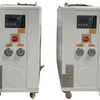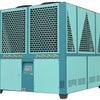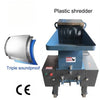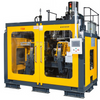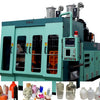Screw Air-Cooled Chiller: Technical Analysis, Applications, and Energy Optimization
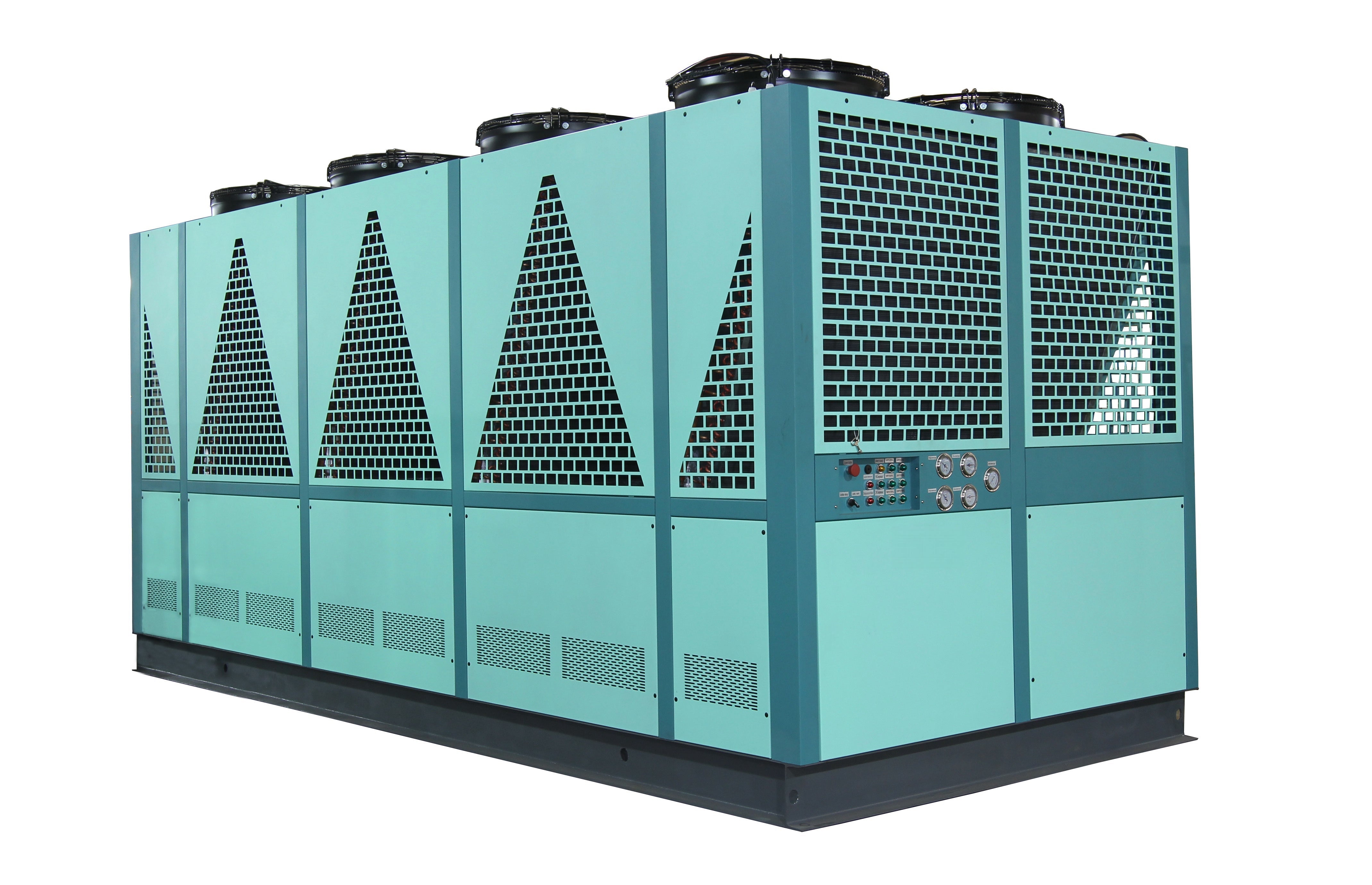
1. Introduction
Air-cooled chillers are critical in maintaining thermal comfort and industrial process efficiency. Among them, screw air-cooled chillers (SACs) stand out for their scalability, reliability, and suitability for medium-to-large cooling demands. This paper focuses on:
- The technical principles of screw compressors and air-cooled condensers.
- Applications in industries such as manufacturing, food processing, and HVAC systems.
- Energy-saving strategies validated by simulation tools like EnergyPlus (Chowdhury et al., 2009).
2. Technical Principles of Screw Air-Cooled Chillers
2.1 Core Components
-
Screw Compressor:
- Utilizes twin helical rotors to compress refrigerant, ensuring continuous and stable operation.
- Advantages: High efficiency (up to 95%), low vibration, and long service life.
-
Air-Cooled Condenser:
- Rejects heat to the ambient air via finned coils and fans.
- Eliminates water consumption, reducing operational complexity.
-
Evaporator:
- Transfers heat from the chilled water/glycol solution to the refrigerant.
-
Expansion Valve:
- Regulates refrigerant flow and pressure reduction.
2.2 Working Cycle
The refrigeration cycle follows four stages:
- Compression: Screw compressor raises refrigerant pressure.
- Condensation: Heat is dissipated via air-cooled condenser.
- Expansion: Pressure drop in the expansion valve.
- Evaporation: Refrigerant absorbs heat from the process water.
3. Applications in Industrial Facilities
3.1 Key Industries
- Manufacturing: Cooling injection molding machines, CNC equipment.
- Food Processing: Maintaining low temperatures for storage and production.
- Pharmaceuticals: Precision temperature control for drug production.
- HVAC Systems: Commercial building cooling (e.g., offices, shopping malls).
3.2 Case Study: Industrial Cooling in Australia
A study by Chowdhury et al. (2009) analyzed an SAC system in a commercial building in Rockhampton, Australia:
- Energy Consumption: Baseline cooling energy was 115 kW/m²/month.
- Optimization: Integration of pre-cooling and economizer systems reduced energy use by 26 kW/m²/month.
4. Energy-Saving Strategies
4.1 Pre-Cooling Systems
- Principle: Use ambient air or waste heat to pre-cool intake air before refrigeration.
- Impact: Reduces compressor workload by 15–20% in moderate climates.
4.2 Economizer Integration
- Function: Recovers waste heat from the condenser for secondary processes (e.g., water heating).
- Result: Achieved 72 kW/m²/month energy savings in the Rockhampton case study.
4.3 Smart Control Systems
- Variable Speed Drives (VSDs): Adjust compressor speed based on load demand.
- IoT Sensors: Monitor real-time parameters (temperature, pressure) for predictive maintenance.
5. Challenges and Future Directions
5.1 Limitations
- Ambient Temperature Dependency: Efficiency drops in high-temperature environments.
- Noise Pollution: Compressors and fans generate operational noise.
5.2 Innovations
- Hybrid Systems: Combine SACs with evaporative cooling for arid regions.
- AI-Driven Optimization: Machine learning models to predict load demands and adjust operations.
6. Conclusion
Screw air-cooled chillers are indispensable in modern industrial cooling systems. By integrating pre-cooling, economizers, and smart controls, their energy efficiency can be significantly enhanced. Future research should focus on hybrid designs and AI integration to address climate-specific challenges.
References
- Chowdhury, A. A., Rasul, M. G., & Khan, M. M. K. (2009). Modelling and analysis of air-cooled reciprocating chiller and demand energy savings using passive cooling. Applied Thermal Engineering, 29(9), 1845–1850.
- Sawant, P., Ho, E., & Pfafferott, J. (2020). Application and analysis of a model-based controller for cooling towers in compression chiller plants.

